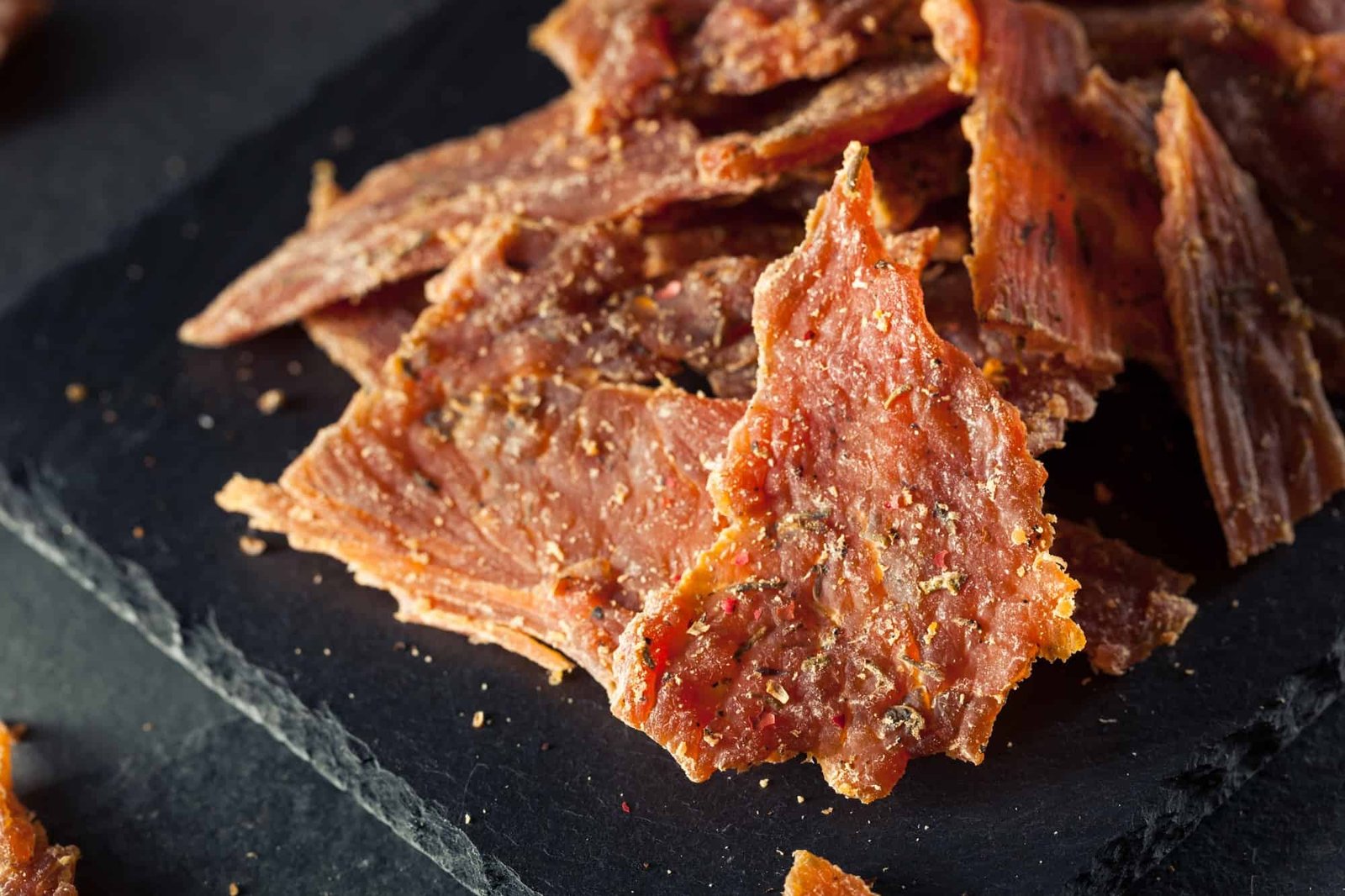Have you ever wanted to learn how to dehydrate meat? Maybe you’re sick of paying for expensive beef jerky at the store, or just looking for new recipes to try.
Learning how to dehydrate your own meat is a game changer. You can save money, preserve food, and experience all sorts of new ways to consume some tasty morsels.
However you found this article, you’re in luck, because you’re about to learn how to dehydrate meat in the comfort of your own home. Here are 5 simple steps to dehydrating your own meat.
1. Gather Ingredients
The first step to dehydrating your own meat is to gather all the ingredients you’ll need. Which types of protein will you dehydrate? What will you flavor your meat with?
If, for example, you are dehydrating ground beef, you’ll probably want to also gather particular spices that might not work well for something else.
2. Trim The Fat (And Anything Else)
If you want dehydrated steak or dehydrated turkey that tastes good, you’ll need to trim away all of the fat. Fat can turn rancid and ruin all your hard work.
On some cuts of meat, you may also have to remove skin and bones. You’re basically looking to get your cut of meat down to the leanest version of it you can make. This will make the end result much tastier and easier to rehydrate if you are doing something like backpacking.
3. Marinate
For exceptional flavors, you’ll want to pick a marinade that goes well with your protein choice. For example, dehydrated beef might not take more than just some good meat and a little bit of salt. Like a good steak, you don’t want to overpower the meat with too much flavor.
On the other hand, ground turkey will benefit from flavors like lemon, Worcestershire sauce, paprika, and garlic. You can combine these in a bowl before you dehydrate it to add flavors to your finished product.
4. Set The Temperature, Low And Slow
The temperature on your oven should be set between 140-160 degrees. Most dehydrated meat recipes between 6-8 hours on a cookie sheet for the dehydration process to take place fully.
At least once during the drying process, move your meat around and squeeze it with a paper towel. If there is oil on the surface, this will help to remove it so it dries properly.
Obviously, be aware that the meat needs to be fully dried in order for it to be safe to consume. The last thing you want is anyone to get sick!
5. Store Properly
When it comes to producing a good product, you’ll want to store your finished work in a dry, dark place before you consume it.
Dried meats can actually be frozen for several years and not go bad. For bulk drying, consider this option so you don’t waste any of the finished product!
How Long To Dehydrate Meat
Most cooked meats should take between 6-12 hours of drying time, depending on the thickness/type of cut being dried. Pat them down if they appear oily due to release from drying processes. To make jerkies for snacking and camping trips, cut meat into thin uniform strips.
Ready To Learn How To Dehydrate Meat?
The process of how to dehydrate meat is not that difficult. It only requires you to follow a few steps. With some practice, you can be drying your own food for backpacking trips or just for the enjoyment of trying something new.
Check out some of our eBooks for more kitchen secrets and dehydration tips.

